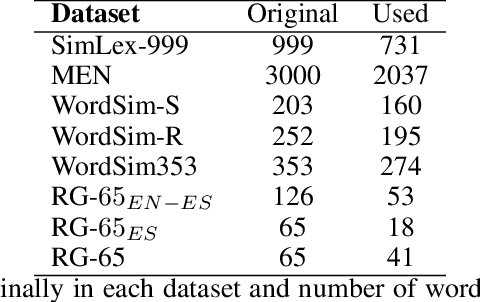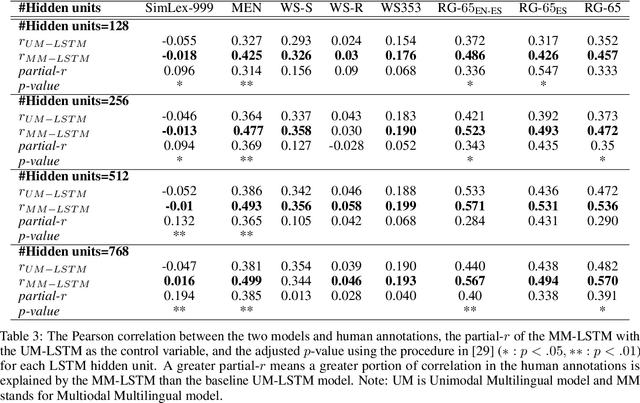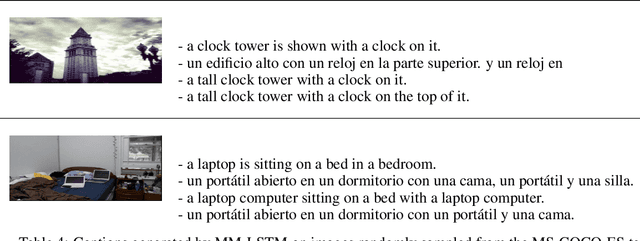Khai-Nguyen Nguyen
Sentiment Reasoning for Healthcare
Jul 24, 2024Abstract:Transparency in AI decision-making is crucial in healthcare due to the severe consequences of errors, and this is important for building trust among AI and users in sentiment analysis task. Incorporating reasoning capabilities helps Large Language Models (LLMs) understand human emotions within broader contexts, handle nuanced and ambiguous language, and infer underlying sentiments that may not be explicitly stated. In this work, we introduce a new task - Sentiment Reasoning - for both speech and text modalities, along with our proposed multimodal multitask framework and dataset. Our study showed that rationale-augmented training enhances model performance in sentiment classification across both human transcript and ASR settings. Also, we found that the generated rationales typically exhibit different vocabularies compared to human-generated rationales, but maintain similar semantics. All code, data (English-translated and Vietnamese) and models are published online: https://github.com/leduckhai/MultiMed
Real-time Speech Summarization for Medical Conversations
Jun 22, 2024Abstract:In doctor-patient conversations, identifying medically relevant information is crucial, posing the need for conversation summarization. In this work, we propose the first deployable real-time speech summarization system for real-world applications in industry, which generates a local summary after every N speech utterances within a conversation and a global summary after the end of a conversation. Our system could enhance user experience from a business standpoint, while also reducing computational costs from a technical perspective. Secondly, we present VietMed-Sum which, to our knowledge, is the first speech summarization dataset for medical conversations. Thirdly, we are the first to utilize LLM and human annotators collaboratively to create gold standard and synthetic summaries for medical conversation summarization. Finally, we present baseline results of state-of-the-art models on VietMed-Sum. All code, data (English-translated and Vietnamese) and models are available online: https://github.com/leduckhai/MultiMed
Getting Away with More Network Pruning: From Sparsity to Geometry and Linear Regions
Jan 19, 2023Abstract:One surprising trait of neural networks is the extent to which their connections can be pruned with little to no effect on accuracy. But when we cross a critical level of parameter sparsity, pruning any further leads to a sudden drop in accuracy. This drop plausibly reflects a loss in model complexity, which we aim to avoid. In this work, we explore how sparsity also affects the geometry of the linear regions defined by a neural network, and consequently reduces the expected maximum number of linear regions based on the architecture. We observe that pruning affects accuracy similarly to how sparsity affects the number of linear regions and our proposed bound for the maximum number. Conversely, we find out that selecting the sparsity across layers to maximize our bound very often improves accuracy in comparison to pruning as much with the same sparsity in all layers, thereby providing us guidance on where to prune.
Like a bilingual baby: The advantage of visually grounding a bilingual language model
Oct 11, 2022



Abstract:Unlike most neural language models, humans learn language in a rich, multi-sensory and, often, multi-lingual environment. Current language models typically fail to fully capture the complexities of multilingual language use. We train an LSTM language model on images and captions in English and Spanish from MS-COCO-ES. We find that the visual grounding improves the model's understanding of semantic similarity both within and across languages and improves perplexity. However, we find no significant advantage of visual grounding for abstract words. Our results provide additional evidence of the advantages of visually grounded language models and point to the need for more naturalistic language data from multilingual speakers and multilingual datasets with perceptual grounding.
 Add to Chrome
Add to Chrome Add to Firefox
Add to Firefox Add to Edge
Add to Edge